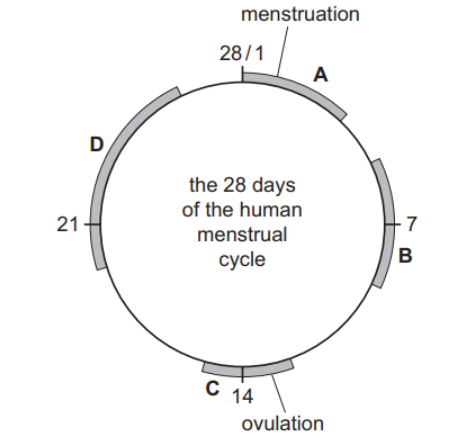Students were discussing how to remember the difference between two groups of cells, ‘many, minute and motile’ or ‘few, fat and fixed’.
What group of cells were they referring to?
Male and female gametes
Animal and plant cells
Red and white blood cells
Xylem and phloem cells
Did this page help you?














